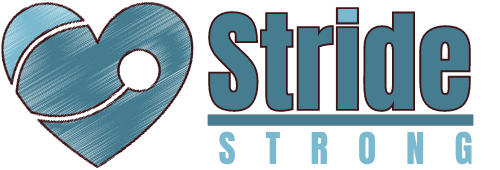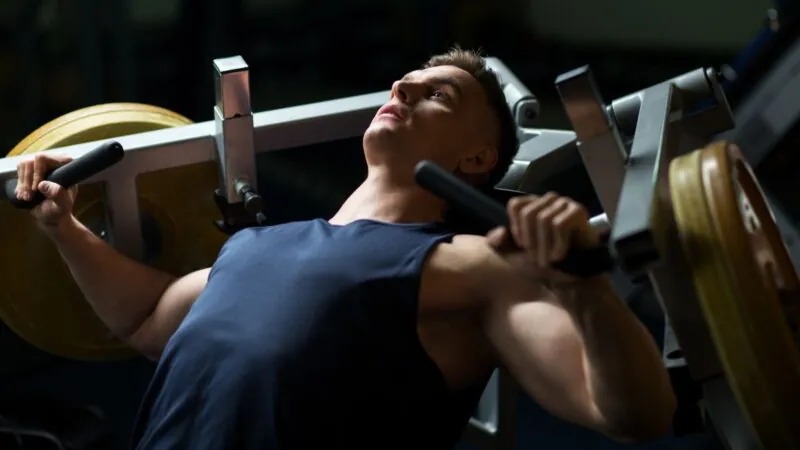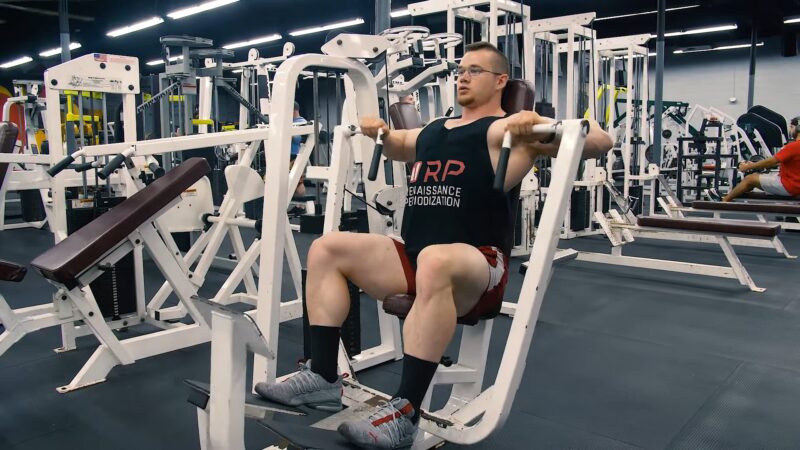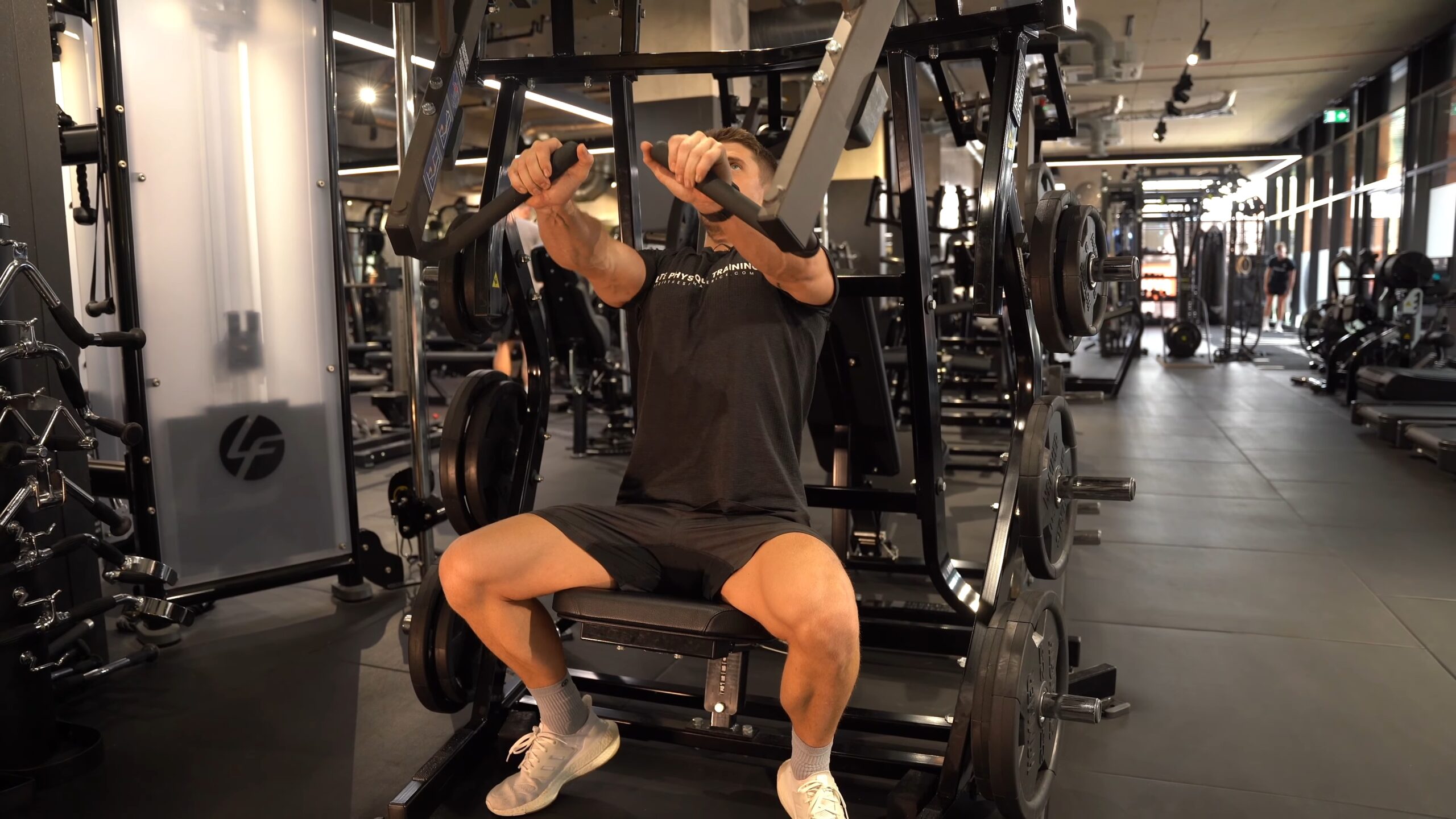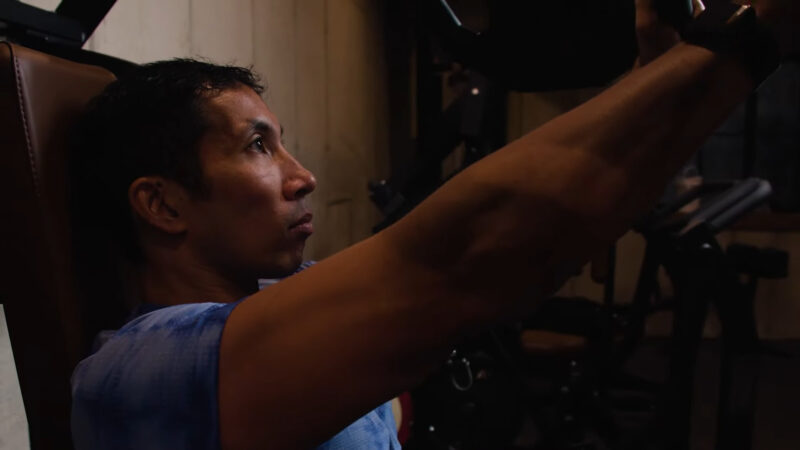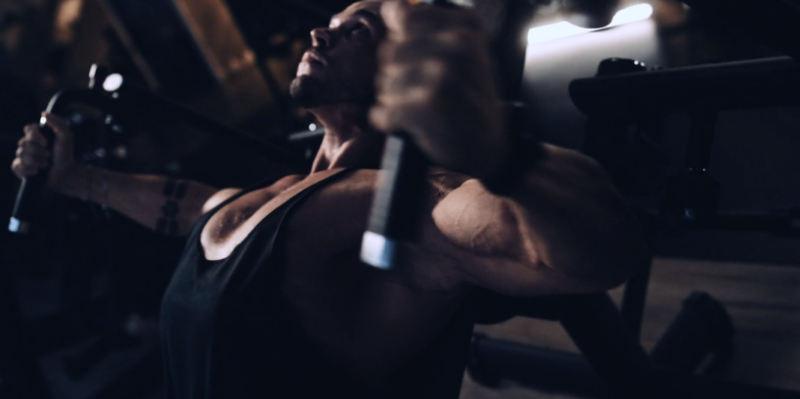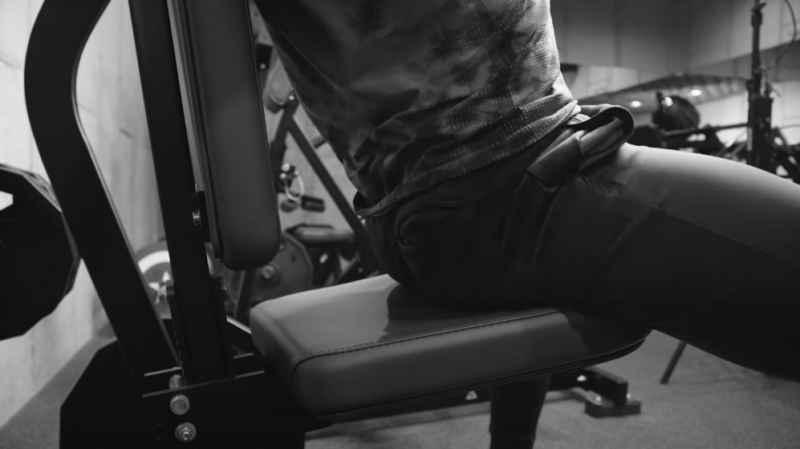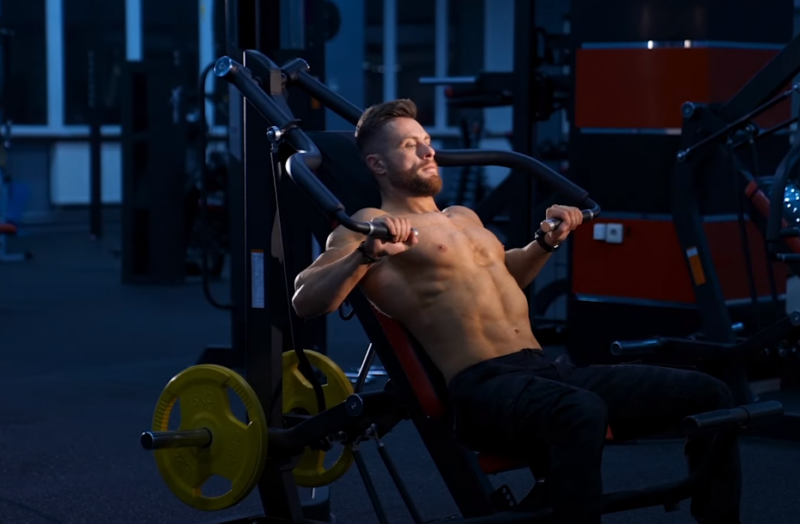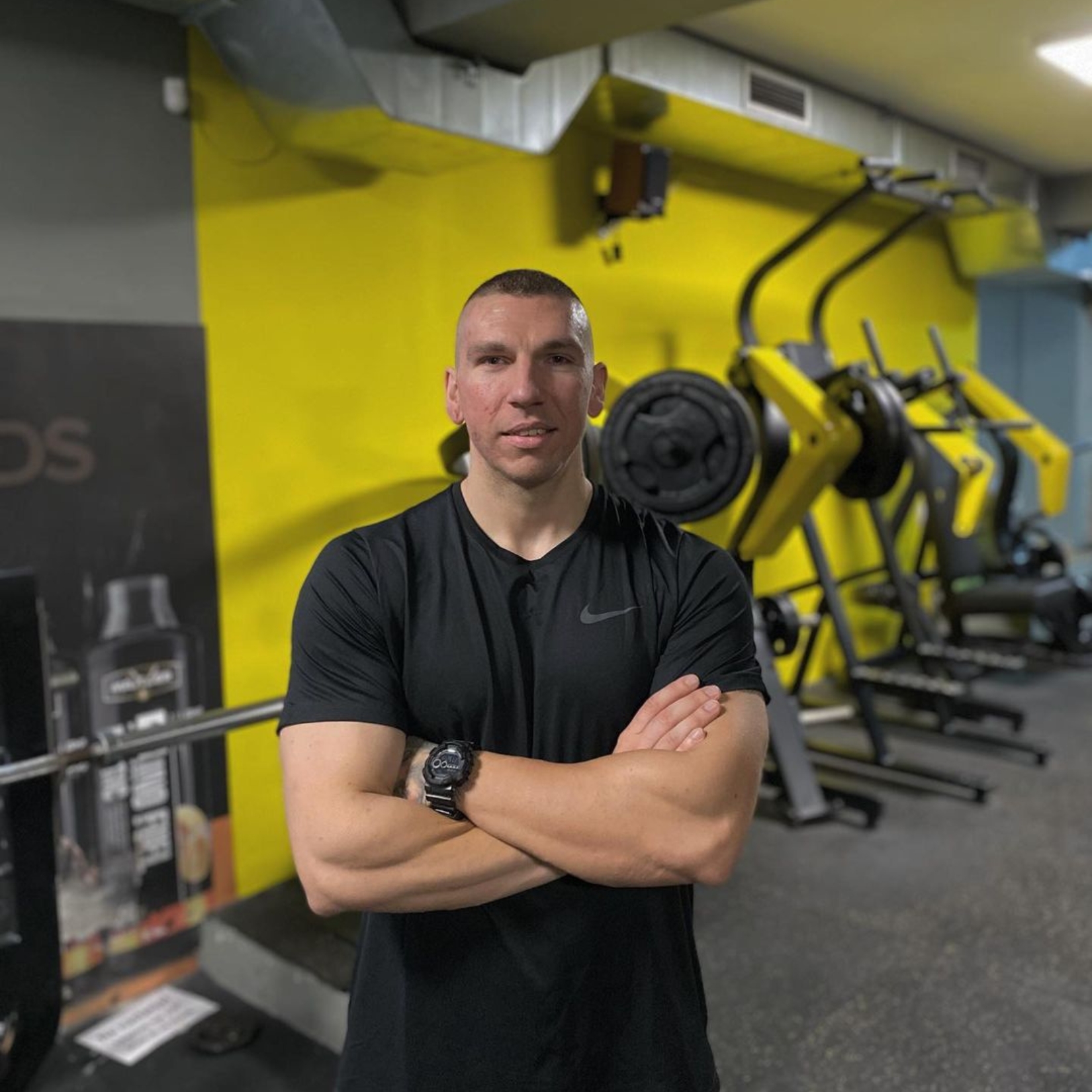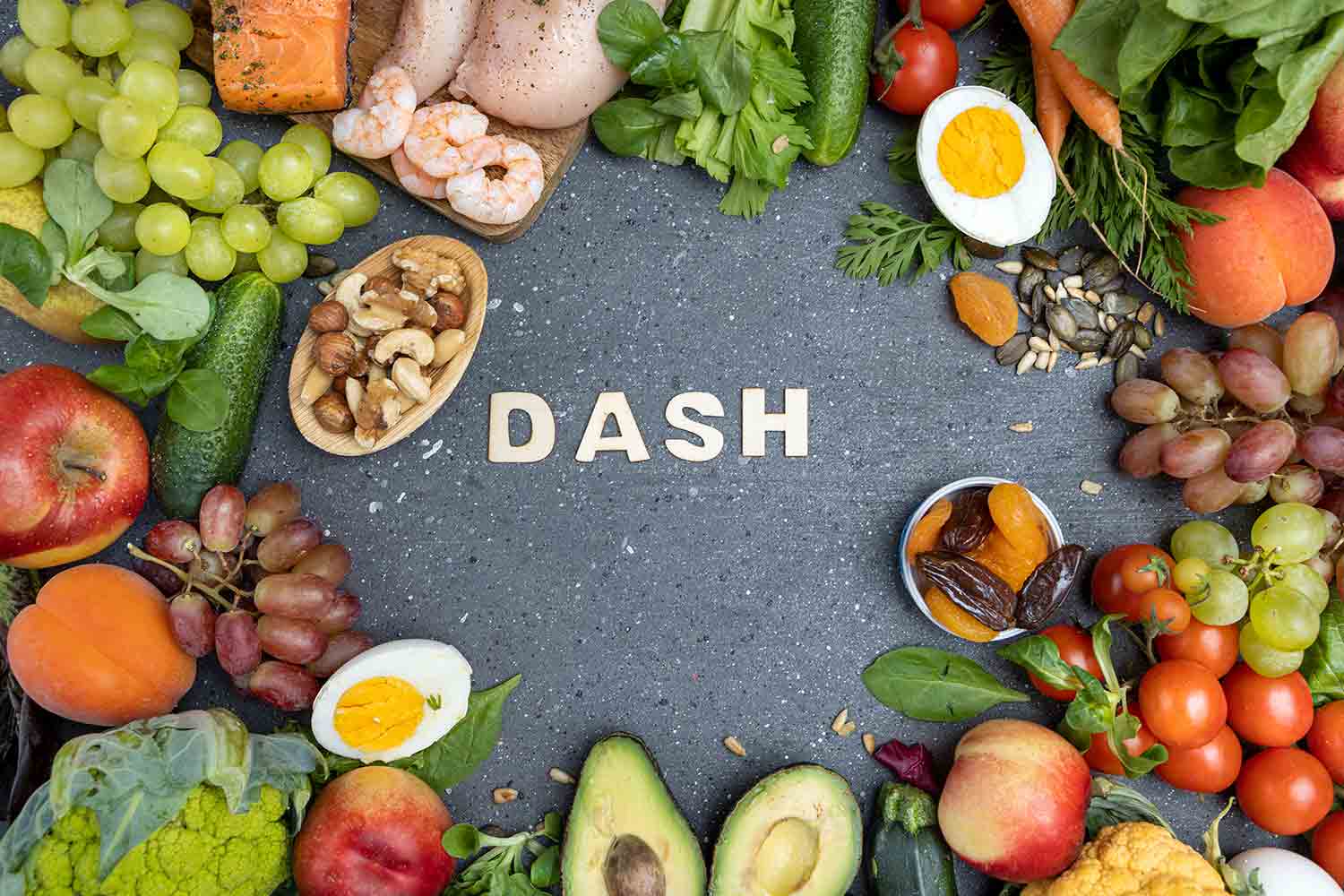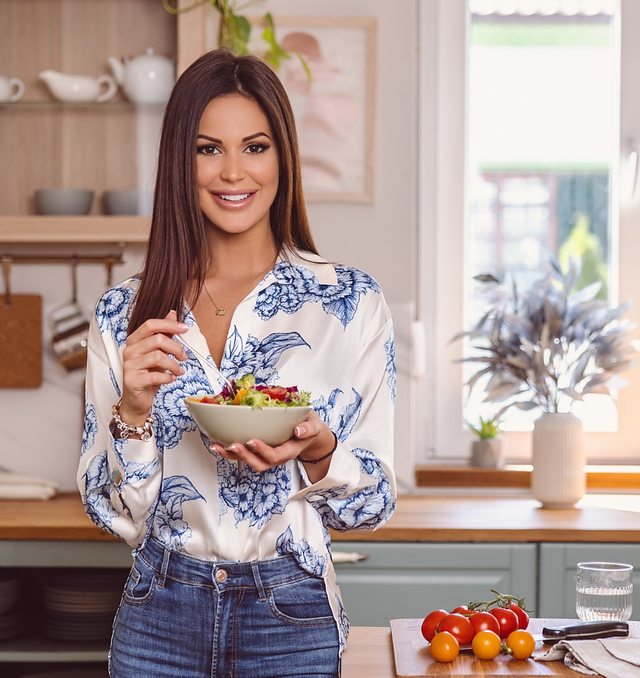I’ve seen how the approach to fitness equipment can make a significant difference in someone’s workout.
One piece of equipment that stands out is the chest press machine. It’s a fantastic tool for building upper body strength, and I’ve witnessed its benefits in many of my clients’ fitness.
One particular memory that stands out is of a client who was initially apprehensive about using machines for strength training. She started with the chest press machine, and over time, not only did her physical strength improve, but her confidence soared as well.
That’s why today I want to help you gradually build strength and confidence using this machine, regardless of your experience.
Step-by-Step By Guide to Using Chest Press
For beginners, mastering the basics is the key to success with the chest press machine.
1. Adjusting the Machine for Your Body
The correct seat height is absolutely essential. When seated, the machine’s handles should align with the middle of your chest. This alignment ensures that you target the correct muscles – primarily the pectorals – without undue strain on your shoulders.
Your feet should rest flat on the floor, providing stability and helping to maintain proper posture throughout the exercise.
If the machine offers adjustable grips, select a position that feels comfortable and natural. The position should not cause any discomfort in your wrists or elbows. A neutral grip, where your palms face each other, is often a comfortable starting point for many users.
It’s important to start with a weight that allows you to perform the exercise with proper form. A lighter weight is recommended for warm-up sets, gradually increasing as your muscles become accustomed to the exercise.
The ideal weight allows you to perform 8-12 repetitions with good form but is challenging enough that the last few reps are difficult to complete.
2. Mastering the Form
Proper form is crucial in maximizing the benefits of the chest press machine.
Grip
Your grip on the handles should be firm but not overly tight. An overhand grip is typically used, with your thumbs wrapped around the handles. This grip provides stability and helps in exerting the necessary force during the exercise.
Posture
Maintaining the correct posture is important to prevent any unpleasant situations we will discuss later. Sit with your back flat against the pad, avoiding any arching or slumping. This position protects your spine and ensures that the chest muscles are effectively engaged.
Movement
The movement should be smooth and controlled. Push the handles away from your chest until your arms are extended but not locked out, then slowly return to the starting position. This controlled motion ensures that your muscles, not momentum, are doing the work.
Breathing Technique
You can apply a similar breathing technique to the technique used on a bench press:
- Breathe in as you slowly bring the handles towards your chest. This helps maintain control and stability.
- Breathe out forcefully as you push the handles away from your chest. Exhaling during the effort phase of the lift helps engage your core and provides additional power and stability.
The Execution
To master the chest press, it’s important to understand each phase of the movement in detail.
The Setup
- Sit on the machine with your back flat against the pad. Grip the handles firmly, ensuring that your wrists are in a neutral position, aligned with your forearms.
- Your hands should be in line with your chest, not your shoulders. This alignment focuses the effort on the chest muscles and reduces the risk of shoulder injury.
The Movement
- Exhale and push the handles forward in a smooth, controlled motion. Extend your arms fully, but avoid locking your elbows, which can put undue stress on the joint.
- At the end of the push phase, pause briefly and squeeze your chest muscles. This momentary contraction increases muscle activation, enhancing the exercise’s effectiveness.
- Inhale and slowly return the handles to the starting position. Control is key here; resist the weight as you bring your arms back, which increases muscle engagement.
Mind-Muscle Connection
Concentrate on feeling your chest muscles work throughout the exercise. Visualizing the muscles contracting and relaxing can enhance muscle engagement and effectiveness. Avoid using momentum to move the weights.
The motion should be driven by your chest muscles, ensuring a full range of motion and maximum muscle development.
The importance of building this group of muscles is best explained in a study named “Leg press and chest press strength normative values by half-decades in older persons:”
Have this in mind whenever you are working out.
Common Mistakes
Now let us go through some common mistakes that can occur during a session if you are not careful.
Incorrect Seat Height
If the seat is too high, the exercise targets the upper chest and shoulders more, which might not be your intention. Adjust the seat so that the handles are in line with the middle of your chest.
A seat set too low will cause you to push upwards, excessively engaging your shoulder muscles and potentially leading to strain or injury.
It is one of the elements that I had the most problems with. Having a bad posture leads to back ache, which will prevent you from indulging in the workout for some time.
Improper Grip
A grip that’s too wide can place unnecessary strain on your shoulder joints and reduce the effectiveness of the exercise on your chest muscles. A grip that’s too narrow shifts the focus predominantly to the triceps, reducing the engagement of the chest muscles.
Excessive Weight
Lifting too much weight can compromise your form, leading to ineffective muscle engagement and an increased risk of injury. Select a weight that challenges you but still allows you to complete 8-12 repetitions with good form.
How to Enhance Your Workout?
Once the basics are mastered, intermediate users can enhance their workouts in several ways. Progressive overload, or gradually increasing the weight, is essential for continued muscle growth and strength gains.
Varying grip positions can help engage different muscle fibers, and incorporating supersets, where the chest press is paired with an exercise, can intensify the workout.
Here’s a simple workout plan focusing on the chest press machine, designed to build strength and muscle in the chest area.
| Week | Sets | Repetitions | Weight |
|---|---|---|---|
| Week 1 | 3 | 12 | Light |
| Week 2 | 3 | 10 | Moderate |
| Week 3 | 4 | 8-10 | Moderate |
| Week 4 | 4 | 8 | Moderate+ |
| Week 5 | 3 | 12 | Moderate |
| Week 6 | 4 | 6-8 | Heavy |
| Week 7 | 4 | 8-10 | Moderate+ |
| Week 8 | 3 | 10-12 | Moderate |
